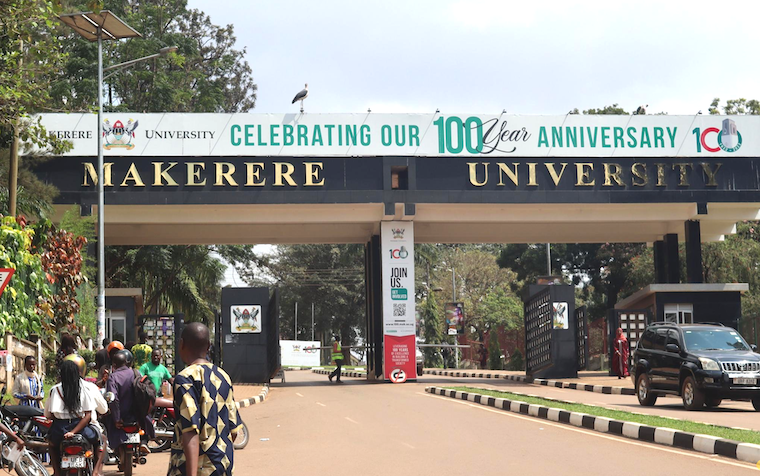In an alarming statistic, 88.9% of household drinking water in Uganda is contaminated with faecal matter leading to potential explosion of diseases, the Uganda Demographic Household Survey (UDHS) 2022 report shows.
This means that majority of Ugandans are drinking unsafe water in their homesteads more especially those in rural areas.
According to the survey, Teso has the highest level of water contamination at 98.3%. Acholi sub region has 97% level of water contamination while Tooro closely follows with 94.3%.
Kampala has the least contaminated drinking water at 78.4%.
Many Ugandans, especially in rural areas still drink water from unsafe water sources like wells and swamps.
According to Water.org, only 9 million out of Uganda’s estimated 46 million people have access to safe drinking water. This means that close to 81% of the population (38 million) lack access to safe water.
According to the World Health Organisation, contaminated water and poor sanitation are linked to transmission of diseases such as cholera, diarrhoea, dysentery, hepatitis A, typhoid and polio.
The UDHS survey provides data for monitoring the health and population of Uganda. The survey is based on a nationally representative sample that provides estimates at the national level, for urban and rural areas, for each of the 14 sub regions.
A total of 20,481 households all over the country were surveyed for this information.







